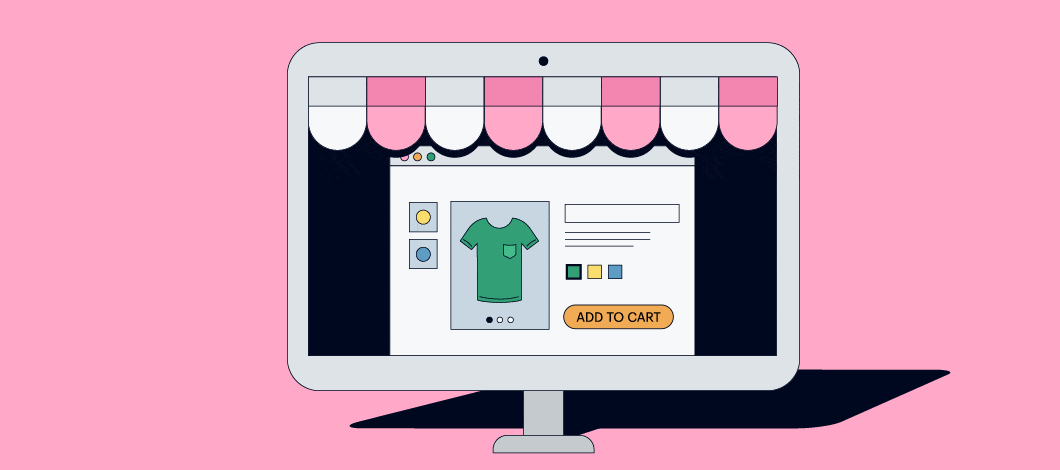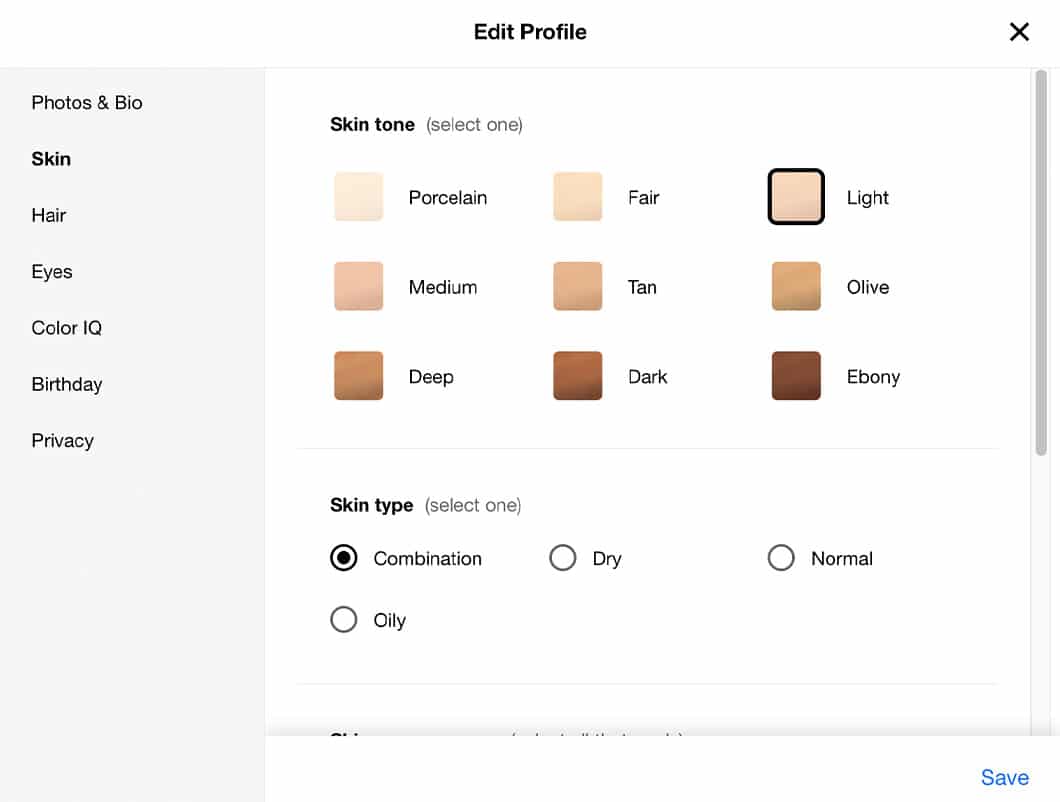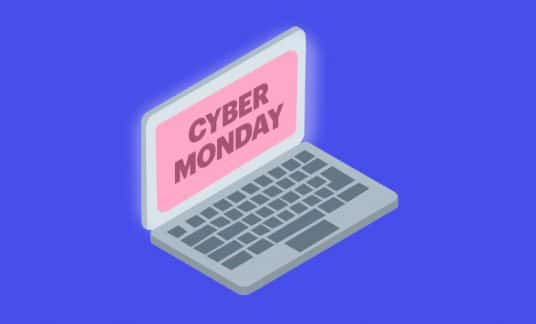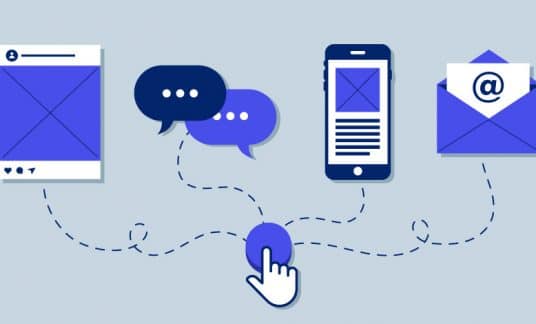The best advice is often the simplest. For multichannel retailing, it’s as simple as: “Go where the people are.”
Consumers shop around. They research a product online before coming into your store or see a product in your store then rush home to find the best deal online. Or maybe they like to try on clothes in-store first to find their perfect size, then order online at their convenience in the future.
Whatever their motivations, the research is clear. A Harvard Business Review study of more than 46,000 multichannel shoppers revealed they spend 4% more per in-store purchase and 10% more online compared with single-channel shoppers.
To capitalize on this, you need to be in more places than only your store.
Here’s how to set up a successful multichannel marketplace model — and why you should.
What Is Multichannel Retailing?
Multichannel retailing is often confused with omnichannel marketing. They aren’t the same.
Multichannel retailing means offering your customer multiple ways to purchase from you. This could be having a brick-and-mortar store, an ecommerce store, selling your products on Amazon.com, and even offering your own mobile shopping app, such as popular fashion retailer Shein does.
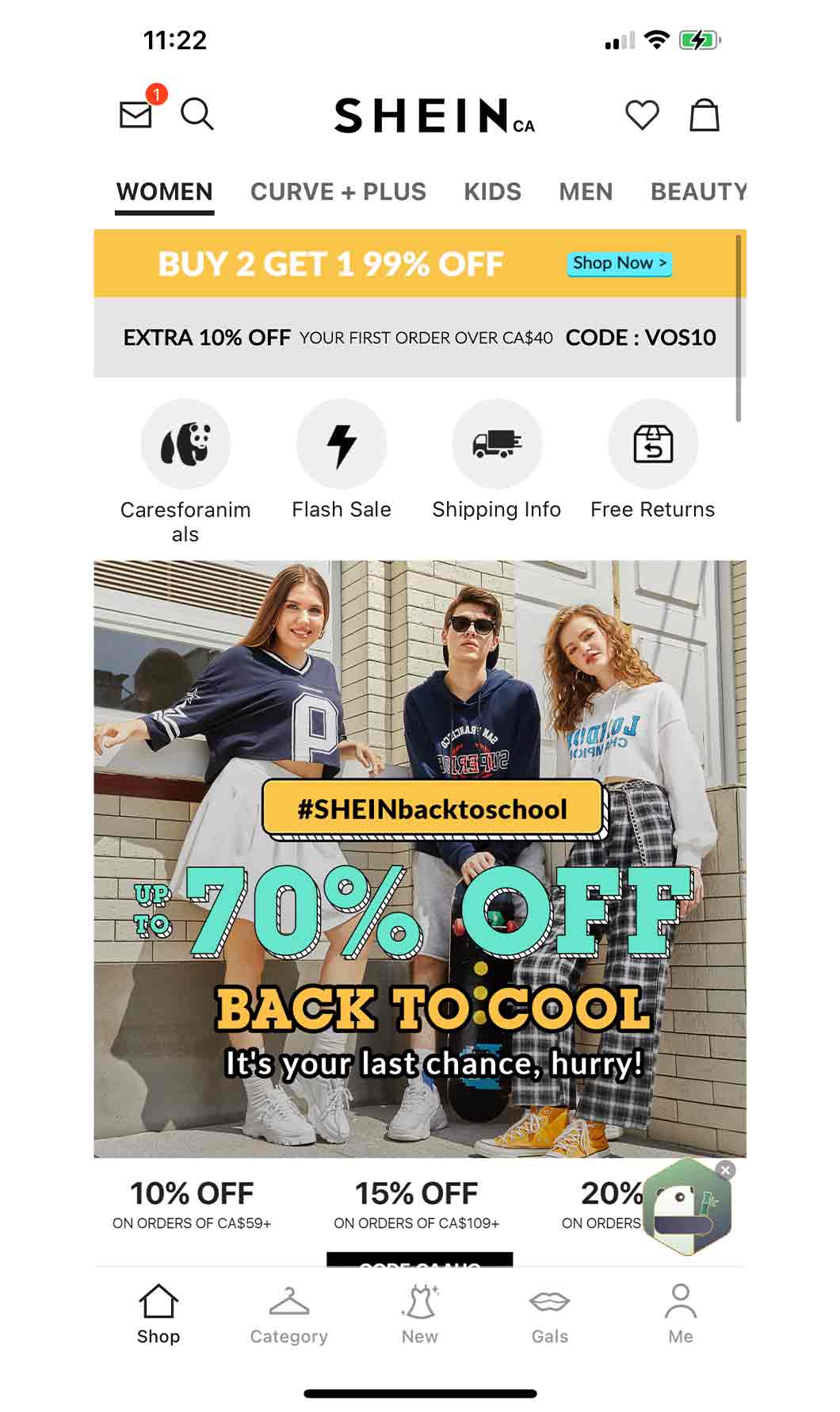
Omnichannel marketing is where you market your business: website, social media channels, earned and paid media, etc. These are channels you are building your brand on, but they aren’t commerce channels.
Multichannel retail channels are places customers can make purchases.
3 Key Advantages of Multichannel Retailing
When done right, a multichannel strategy can provide better service for your customers, increase sales and create loyal superfans.
1. Increase Your Sales
The entire idea behind multichannel retailing is to make it easier than ever for customers to purchase from you.
The added convenience of being able to buy either from you directly, through physical or digital channels, or the retailer of their choice increases conversions.
2. Improved Brand Awareness
Seeing your products in places other than your own website, such as on Amazon, for example, solidifies you as a growing, successful brand in consumers’ eyes. Perception is reality.
3. Enhanced Customer Experiences
Integrating your in-store and online channels can improve the experience your customers receive in both locations.
Beauty products retailer Sephora does this very well in a few ways:
- Showing a complete order history of all items purchased in-store and online, so the customer can easily reorder something they liked.
- Offering easy returns in-store for items that were purchased online, which saves customers the cost and hassle of shipping via postal mail. In-store returns for online purchases make consumers 74% more likely to buy, according to a study by Dotcom Distribution, an ecommerce-focused provider of logistics services.
- Staff can view customer profiles in-store, which saves data about their skin type, foundation color, or other information that helps recommend products that shoppers are more likely to try.
How to Create a Multichannel Retailing Strategy
Successful multichannel retailing is all about consistency.
You need to convey a consistent brand image, messaging, and campaign visuals across multiple digital and physical purchasing channels. Multichannel marketing needs to be carefully planned and executed.
Creating a seamless multichannel experience is difficult, but vital to the success of your multichannel sales strategy.
Many consumers complete their shopping trips either fully online or fully in-store, but without consistent messaging between your online and in-person experiences, you could lose potential customers who journey between the two.
Step 1: Choose Your Channels
You may want to be on every single platform out there, but that likely will stretch you too thin. Focus on where your target audience spends the most time. Ideally, you want to be everywhere they are but if resources or time are issues, choose the top 3 platforms your audience hangs out on.
Step 2: Convey a Clear Message
You need to focus on one key message that is unified across all channels. This should be all about your ideal customer to lure them in. Think inbound marketing, not outbound.
The issue with that is each platform will need a slightly different strategy. For example, Amazon requires the featured image for product listings to show the product only on a white background. However, that same image wouldn’t work the best on Instagram, where styled flat lays and lifestyle shots are the norm.
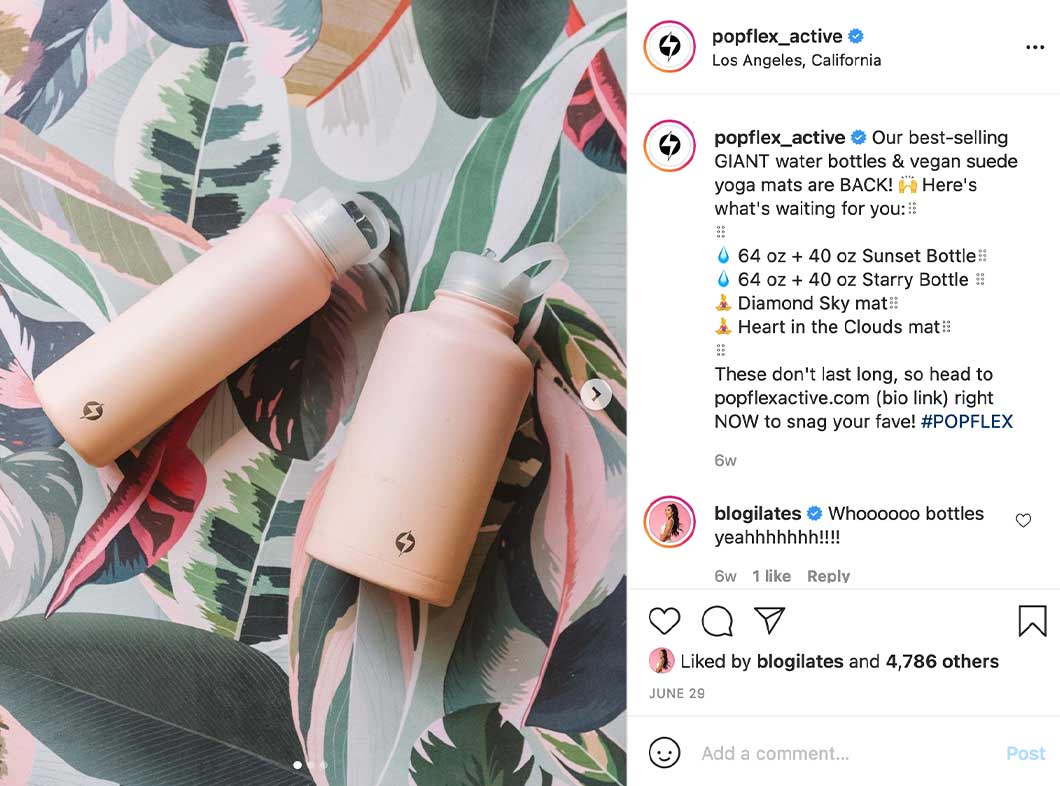
While your key messaging needs to remain cohesive, plan for variations across platforms to comply with each platform’s rules and/or best practices.
Step 3: Act on Analytics
Tracking your customers’ behavior across your various channels is crucial for understanding which channels are converting, why and your customer’s journey. HubSpot can record attribution data for multichannel retailing systems all in one place, or you can use Shopify’s built-in additional marketplace features.
Whatever you use, you need to know the full path each customer took to eventually lead to a purchase and you can’t do that if you’re only looking at each platform’s analytics.
Step 4: Run Retargeting Ads
Retargeting ads are shown to customers after they’ve visited one of your channels while they’re browsing other websites. It’s an especially effective strategy for multichannel retailing because we know customers are browsing multiple platforms already.
It also means people get distracted easily. Retargeting ads remind people of the products they already looked at and results in an average 43% conversion bump, according to research by Criteo.
The 11 Best Multichannel Retailing Platforms
1. Brick-and-Mortar Store
The classic. Unless you want to remain an ecommerce-only company, having a physical location can massively advance your brand. Sometimes, brand awareness is more of a goal of a location than sales.
The majority of Apple’s sales are completed online, but the technology company still operates physical stores in nearly every city. The stores serve as a way for people to feel and touch their products and may sway someone already heavily considering a new Mac or iPhone. But most likely, that shopper already has priced out their desired product on the website and intends to complete the purchase there.
Importantly, the physical locations focus on education and technical support, which personalizes the customer experience and acts as a bridge between their website and the end-user.
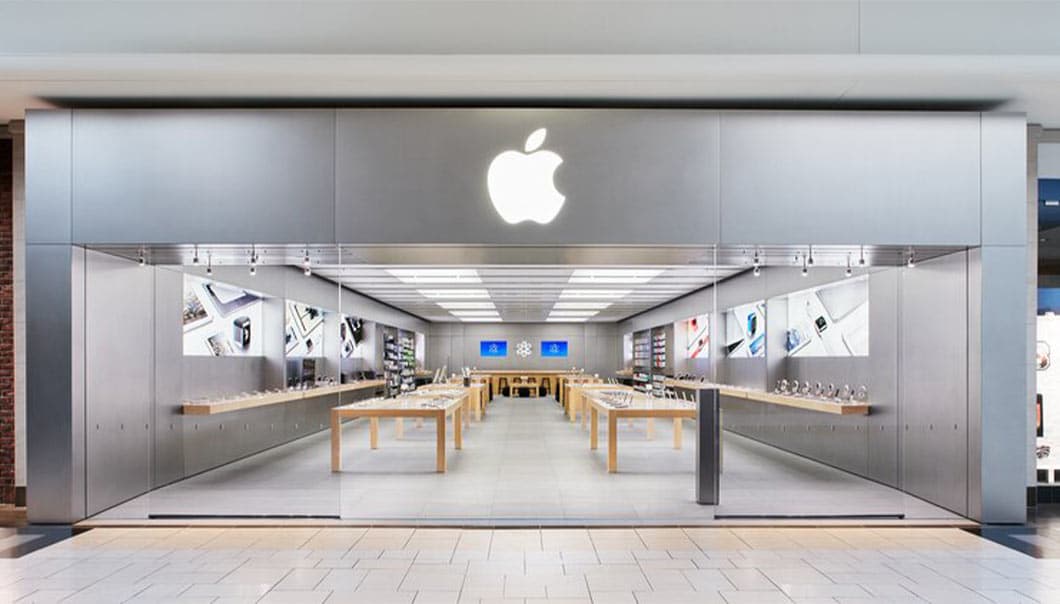
2. Your Website
Another obvious one here but important to not overlook its potential. The most simple multichannel marketing strategy would be a brick-and-mortar store and an ecommerce website. That’s the most basic level, but adding on a few other channels can significantly increase your sales.
The easiest way to connect your website to other channels is to have robust ecommerce software, such as Shopify, running your website. It will allow you to easily add new channels and stay on top of the latest shopping destinations for consumers.
3. Instagram Shop
Instagram has merged shopping into social media with its new Instagram Shopping features. You can create your own Shop section to list products on your profile but the real power lies in those products being searchable in the overall Instagram ecosystem, similar to how photo posts show up in the Explore tab.
Most exciting is the launch of Instagram Checkout, so customers can find and buy your products directly on Instagram without ever leaving the app. Currently, this is available in the U.S. only, but it’s quickly expanding worldwide.
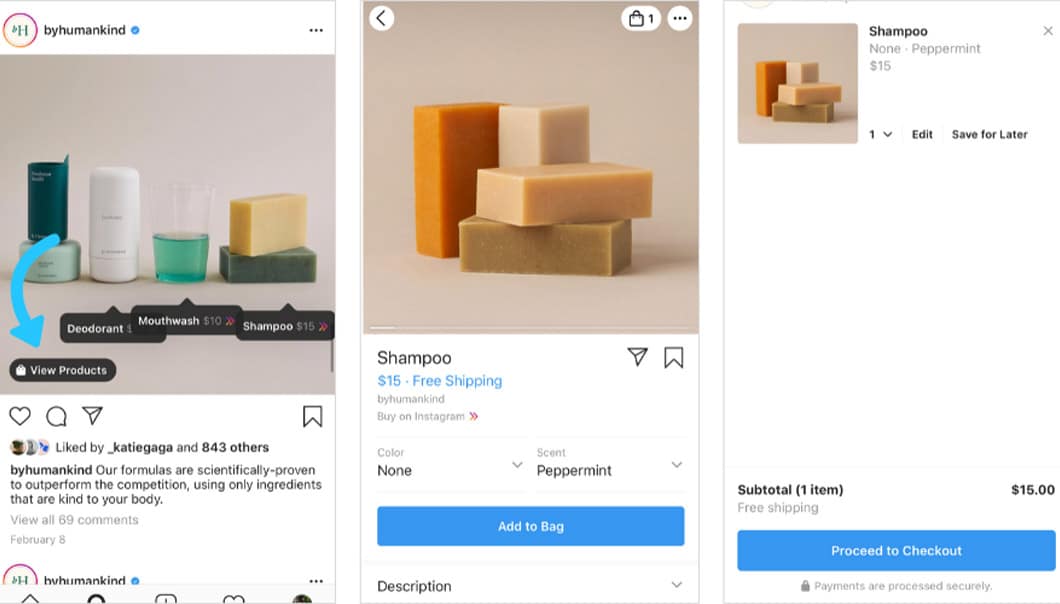
If you aren’t active on Instagram, this should give you enough of a reason to start. Indeed, 70% of shoppers look for and research products on Instagram, according to Facebook.
4. Mobile App/Rewards Program
Starbucks is an excellent example of using a mobile app with a rewards program to both sell more and encourage more in-store visits.
On the app, users can reload their payment cards, resulting in revenue, as well as order directly in the app before heading to a store to pick it up. As of the fourth quarter of 2020, 24% of all U.S. orders are placed via their mobile app, according to the coffee shop chain.
Starbucks is a huge corporation but you can still cost-effectively produce an app or mobile-friendly rewards program. Because of the COVID-19 pandemic, curbside pickup apps have risen dramatically in popularity for no-contact shopping. A Mobiquity survey reports 44% of consumers who have never used mobile shopping apps before are now using them after 2020.
Shopify has several apps that allow you to easily add curbside pickup to your existing ecommerce site, such as Curbside Pickup Guru. Shopify also has options to launch rewards programs, such as Smile. If you have the budget for it, hiring a firm to create your own custom app is also an option.
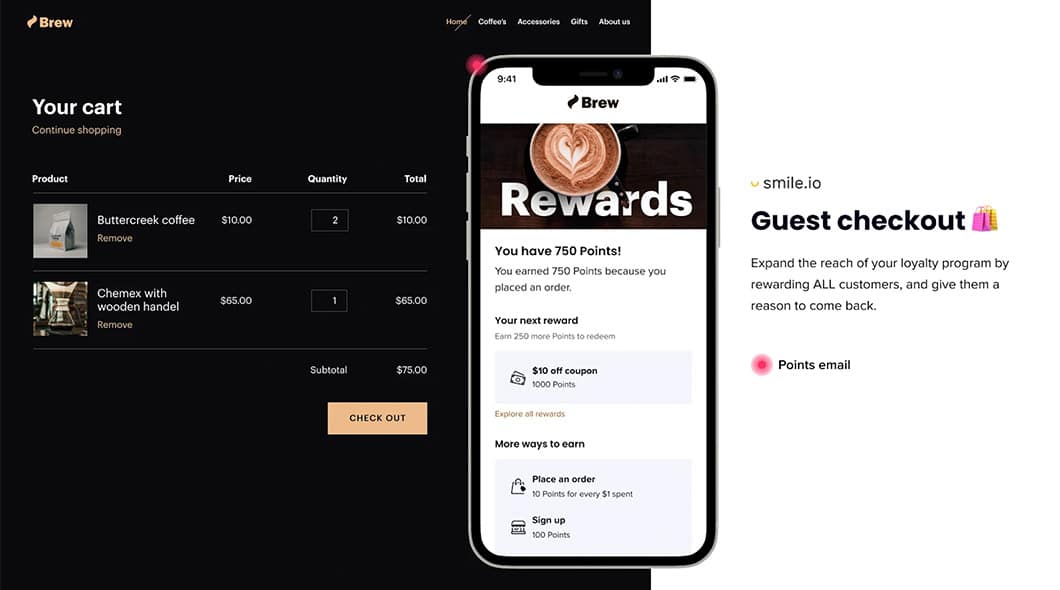
5. Other Platforms to Consider
Not all of these are right for all types of businesses, but here are a few more ideas:
- Amazon
- Etsy
- eBay
- Trade shows or events
- Facebook Marketplace
- Handshake (wholesale)
- Tundra (wholesale)
Start Selling Everywhere Your Customers Are Today
Multichannel selling sounds complicated, but it doesn’t have to be. Starting small and adding a channel or two, then optimizing those channels before adding more, will keep you from being overwhelmed.
You can go the easy route and use built-in tools, such as Shopify’s ability to set up Instagram Shop and other channels for you. Or, you can set up your own channels individually. There isn’t a wrong way to do it, as long as you’re optimizing your marketing, listing photos, and copying what works best on each channel.
As with any marketing or sales strategy, the key to success is knowing your customer. Where do they shop online and offline? What messaging resonates with them? What converts them?
Answer those questions, set up shop, and expand your sales opportunities — starting today.



